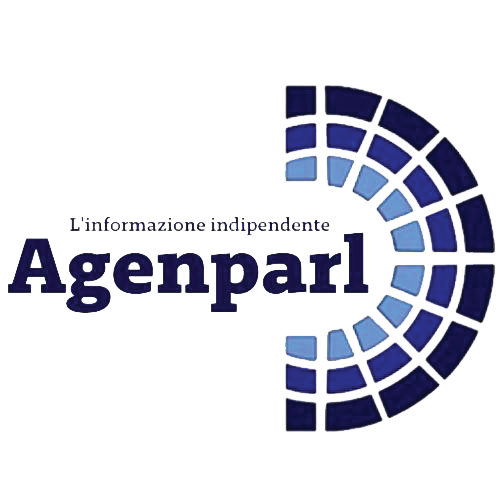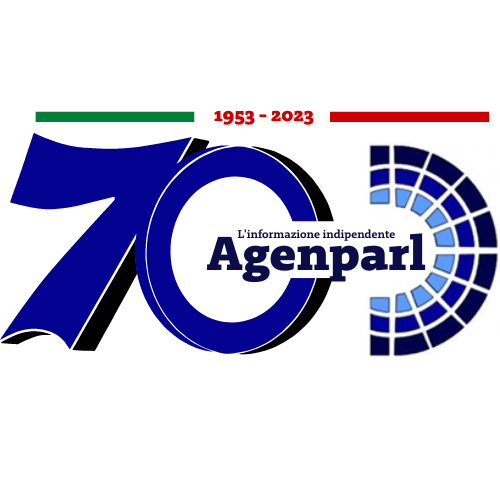 (AGENPARL) - Roma, 21 Giugno 2022
(AGENPARL) - Roma, 21 Giugno 2022(AGENPARL) -TOKYO mar 21 giugno 2022
In the conduct of monetary policy, the Policy Board decided at all the MPMs held in the second half of fiscal 2021 to maintain the following guideline for market operations under QQE with Yield Curve Control.
Yield curve control
The Bank decided to set the following guideline for market operations for the intermeeting period.
The short-term policy interest rate:
The Bank will apply a negative interest rate of minus 0.1 percent to the Policy-Rate Balances in current accounts held by financial institutions at the Bank.
The long-term interest rate:
The Bank will purchase a necessary amount of JGBs without setting an upper limit so that 10-year JGB yields will remain at around zero percent.
With regard to asset purchases, the Policy Board decided to maintain the following guidelines at the MPMs held in October through January.
Guidelines for asset purchases
With regard to asset purchases other than JGB purchases, the Bank decided to set the following guidelines.
- (1) The Bank will purchase exchange-traded funds (ETFs) and Japan real estate investment trusts (J-REITs) as necessary with upper limits of about 12 trillion yen and about 180 billion yen, respectively, on annual paces of increase in their amounts outstanding.
- (2) The Bank will purchase CP and corporate bonds with an upper limit on the amount outstanding of about 20 trillion yen in total until the end of March 2022.
Based on the decisions made at the December MPM regarding the Special Program to Support Financing in Response to the Novel Coronavirus (COVID-19), as described later, the Policy Board decided at the March MPM upon the following guidelines for asset purchases.
Guidelines for asset purchases
With regard to asset purchases other than JGB purchases, the Bank decided to set the following guidelines.
- (1) The Bank will purchase ETFs and J-REITs as necessary with upper limits of about 12 trillion yen and about 180 billion yen, respectively, on annual paces of increase in their amounts outstanding.
- (2) The Bank will purchase CP and corporate bonds with an upper limit on the amount outstanding of about 20 trillion yen in total until the end of March 2022. From April onward, it will purchase these assets at about the same pace as prior to the COVID-19 pandemic, so that their amounts outstanding will gradually return to pre-pandemic levels, namely, about 2 trillion yen for CP and about 3 trillion yen for corporate bonds.
At the December MPM, the Policy Board confirmed the following with regard to financial conditions.
Financial conditions in Japan have improved on the whole, despite the continued significant impact of COVID-19 on domestic and overseas economies. With regard to financial conditions surrounding large firms, issuance conditions for CP and corporate bonds have been favorable, and precautionary demand for liquidity has subsided in the loan market. Regarding small and medium-sized firms, their financial positions have been on an improving trend on the whole, but weakness has remained in some segments, such as the face-to-face services industry.
Given these developments, the Policy Board decided to extend the Special Program to Support Financing in Response to the Novel Coronavirus (COVID-19) in part by six months until the end of September 2022, with a view to continuing to support financing, mainly of small and medium-sized firms. The details of the decisions are as follows.
- (1) Special Funds-Supplying Operations to Facilitate Financing in Response to the Novel Coronavirus (COVID-19)
- a) Regarding the fund-provisioning against loans that financial institutions make on their own (“non-government-supported loans”) in response to COVID-19, mainly to small and medium-sized firms, the Bank will extend the implementation period by six months under the current terms and conditions.
- b) Regarding the fund-provisioning against loans that financial institutions make on the back of government support (“government-supported loans”) in response to COVID-19, mainly to small and medium-sized firms, the Bank will extend the implementation period by six months under the revised terms and conditions. Specifically, from April 2022 onward, this fund-provisioning will fall under Category III in the Interest Scheme to Promote Lending, for which the applied interest rate is 0 percent, and the amount to be added to the Macro Add-on Balances in current accounts held by financial institutions at the Bank will be the amount outstanding of funds they receive. In accordance with the revised terms and conditions, the Bank will continue to provide funds to financial institutions against government-supported loans they make.
- c) The Bank will complete the fund-provisioning against private debt pledged as collateral, which mainly consists of debt issued by large firms and housing loans, at the end of March 2022 as scheduled.
- (2) Purchases of CP and corporate bonds
The Bank will complete its additional purchases of CP and corporate bonds at the end of March 2022 as scheduled. From April 2022 onward, it will purchase about the same amount of CP and corporate bonds as prior to the COVID-19 pandemic, so that the amounts outstanding of these assets will decrease gradually to the pre-pandemic levels, namely, about 2 trillion yen for CP and about 3 trillion yen for corporate bonds.
With regard to the future conduct of monetary policy, the Policy Board confirmed the following at all the MPMs held in the second half of fiscal 2021: “the Bank will continue with QQE with Yield Curve Control, aiming to achieve the price stability target of 2 percent, as long as it is necessary for maintaining that target in a stable manner. It will continue expanding the monetary base until the year-on-year rate of increase in the observed CPI (all items less fresh food) exceeds 2 percent and stays above the target in a stable manner. The Bank will continue to support financing mainly of firms and maintain stability in financial markets through (1) the Special Program to Support Financing in Response to the Novel Coronavirus (COVID-19), (2) an ample provision of yen and foreign currency funds without setting upper limits mainly by purchasing JGBs and conducting the U.S. dollar funds-supplying operations, and (3) purchases of ETFs and J-REITs with upper limits of about 12 trillion yen and about 180 billion yen, respectively, on annual paces of increase in their amounts outstanding. For the time being, the Bank will closely monitor the impact of COVID-19 and will not hesitate to take additional easing measures if necessary, and also it expects short- and long-term policy interest rates to remain at their present or lower levels.”
Fonte/Source: http://www.boj.or.jp/en/mopo/diet/d_report/hanki22a.htm
